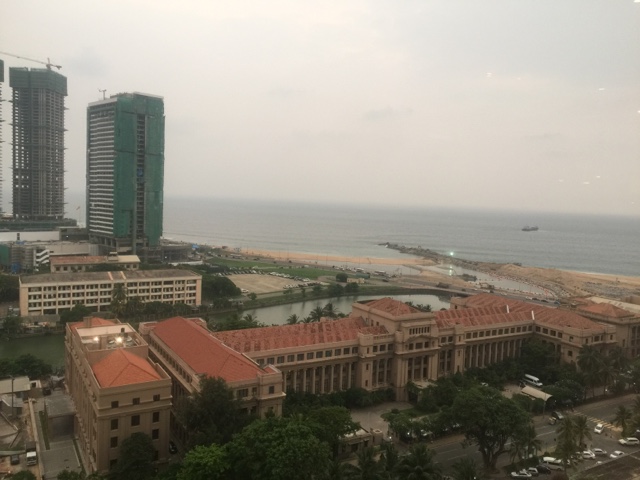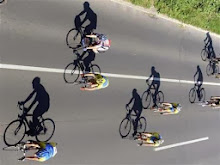The Milford Track. Legendary. Remote and Hard to Do in a access and permissions sense. The Milford Track takes you from the end of Lake Te Anau over-water and overland through mountain pass to Milford Sound on New Zealand's South Island. Located in Fjiordland National Park it is almost as pristine as when first discovered 128 years ago. Long heralded as the best walk in the world, New Zealand tourism and Department of Conservation manage the area by limiting the daily intake of walkers / hikers and delineating where they stay, the direction the travel and so on.
The area is remote and in an area of jagged peaks and impassably dense rain forest. In fact it's so far off the beaten path, you can drink the glaciated water from the rivers without issue. Like the area near Seattle in Olympic National Park, the trek begins in a "cold" rainforest of moss covered trees and a million variations on the color green. The rainforest is an apt term here as the region gets 7-9 meters of rain annually and can experience 20 cm a day (8 inches). Wet gear isn't just advisable, you really ought to consider a snorkel as well. The first 16 kms of the Track follows the Clinton river to its source and the dead end that necessitates a 700 M climb over McKinnon Pass towards Milford Sound. It's dense, wet and full of life - though not of the animal variety. In fact aside from birds, there is little movement and noise. You see New Zealand is literally a set of islands onto itself and the only mammals indigenous to the country are bats. While today there are others they are invasive species, which like Australia's cane toads and rabbits have wreaked havoc. Flightless birds were the dominant form of life here and they didn't stand much of a chance against the imported weasel family known as Stoats brought in originally to control mice and rats. The country's history (the modern one anyway) only stretches to 130 years or so in this region, so the indigenous fauna and flowers still bloom.
The Track is highly regulated and features huts for both independent and group walkers - I was in the latter. Pay enough money and you too can walk the 34 mile/ 53 km Track, and I'll admit a mild sense of guilt with every step. I'm used to roughing it a little more and the hot showers at days end complete with laundry facilities and drying rooms made this feel a little like a coddled walk - perhaps more so than a trek through the unknown. Don't get me wrong, it was easy and comfortable and in my own middle aged condition I enjoyed it nonetheless - but when the -8 degree sleet was hitting my face via gale force winds sideways atop the pass; and when I could not feel my fingers any longer on the way up and down the mountain, then and perhaps only then did I feel I'd earned my days keep.
We walked as a group or not - it depended on personal preference, ego and your physical condition. I'll admit preferring the solo aspect, lost on the trail and seeing my own version of it. I was back in the late 1800's when I could see trying to find the path and knowing it may be in another direction. Our guides were good - young passionate people that did this not for the money but because they enjoyed it. Young Grace who moved fast and espoused new things for those she found second-hand, and John the lumbering giant from Australia who has learned the Kiwi way and was both shy and strong in humble mix. There was purity in the trail to be sure, you felt your soul cleansed with the time spent there and even the most emotionally hardened (like me) felt affected by Milford. It's 3 days walking with all your belongings, lunch trailside and more walking. While the path is clear there are some issues - land-slides (slides to the locals) are everywhere both scarring the valley walls and blocking the path. These are young mountains and still growing from all the tectonic activities. We saw and heard avalanches and it became clear that despite the lushness, the soli was only 6-8 inches deep. That meant that a falling tree 400M up scalped a path to the valley floor revealing the base rock underneath in numerous places.
It rained on us hard for two days and we walked in wet gear. The upside was all the temporary waterfalls that appeared I made the 9km side trip to Sutherland Falls, New Zealand's highest at 580M/1800 feet up but I'm sure we saw higher ones. Water drove the life and land around us and I didn't begrudge it at all.
The walk culminates in a 22km hike that ends at the aptly named Sandfly point. From there it's a short boat ride to Milford Sound, accessible by road from Queenstown in 5 hours. On our last day we did a boat tour of the Sound, undiscovered past Captain Cook's time and enjoyed a few last moments looking straight up the mile high cliffs of 100% pure New Zealand. And then it was done.
As I look back on my week there with the earthquake and the walk I wonder in some ways why other parts of the world haven't designated their real natural wonders as hands-off areas. It's pretty much guaranteed that too much traffic spoils a place and while I'm guiltier than many in terms of carbon and boot footprint I've made, I'd like to see these environments survive beyond our generations. Sure, that's rich coming from someone just there but New Zealand was fine for a couple million years without us, and it'll be ok without us in the future. Legendary, remote and hard to access is a good thing in this case. Let's let this part of the world fade into stories and stay pure.



















